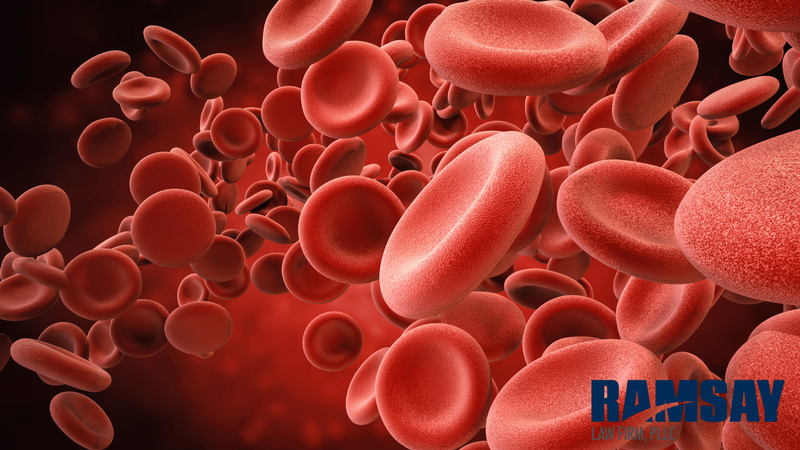A Major Flaw in Alcohol Testing: The Hematocrit Factor

Breath testing has always been a problem for science. There are many factors that can negatively affect a breath test, but here’s one you probably haven’t heard of that can erroneously raise the breath test results: hematocrit levels. Having a higher hematocrit level (red blood cell count) means you’ll get a higher breath alcohol result.
If two people with the exact same blood alcohol blow into a breath alcohol machine like the DataMaster DMT, the person with the higher hematocrit levels will record a higher breath alcohol level.
This is because as hematocrit levels increase, the water volume of the blood decreases, giving a lower partition ratio. The problem is, breath alcohol machines don’t take this into account. They assume one partition ratio for everyone, 2100:1.
This is all due to no fault of your own. Men typically have higher hematocrit levels than women, but the numbers vary wildly.
And by the way, if your state uses headspace for blood analysis (like the MN BCA) the problem exists there too!!!
Understanding Hematocrit
Hematocrit is the volume percentage of red blood cells in the blood.
A simple way to think about it is the proportion of blood that is made up of red blood cells compared to the total volume. For instance, a hematocrit level of 45% means that 45% of the blood's volume is red blood cells.
Hematocrit levels vary among individuals based on factors like age, gender, and overall health.
The typical range is:
- Men: 40% to 54%
- Women: 36% to 47%
The primary principle behind breath alcohol tests is the direct relationship between the alcohol content in a person’s breath and that in their blood. When someone drinks alcohol, it gets absorbed into their bloodstream and is eventually expelled from the body through various means, including the breath.
But here’s the problem: Breath alcohol testing is only an estimate of a person's blood alcohol, not a direct measurement of the alcohol in the blood.
So, How Does Hematocrit Affect a Breath Test?
The underlying assumption in breath alcohol testing is that there's a consistent ratio of alcohol concentration in the breath to that in the blood, commonly referred to as the "partition ratio".
However, this ratio can be influenced by hematocrit levels.
1. Partition Ratio: Typically, it's assumed that 2100 milliliters of breath contains the same amount of alcohol as 1 milliliter of blood. But this ratio can be affected by hematocrit because the more red blood cells there are in the blood, the less plasma there will be, and plasma is where most of the alcohol resides.
2. Higher Hematocrit Levels: Individuals with higher hematocrit levels have a higher proportion of red blood cells and thus less plasma for the same volume of blood. Therefore, for the same amount of ingested alcohol, these individuals show a higher breath alcohol concentration on a breath alcohol machine compared to their actual blood alcohol concentration.
3. Lower Hematocrit Levels: Conversely, people with lower hematocrit levels will register a lower breath alcohol on a breath test than their actual concentration in the blood.
What Can Be Done?
I’ve written about many of the problems with breath alcohol testing. The results can be affected by GERD, breathing patterns, breath temperature, or the use of improper controls.
The important thing to remember is this: if you’ve been charged with driving while over the legal limit for alcohol, don’t lose hope.
Your case is winnable.
But you need to hire a lawyer who understands the law AND the science.
Our firm has won hundreds of cases based on looking at the science of the test, and pointing out the flaws in the state’s testing labs.
If your life has been negatively affected by an alcohol test, call Ramsay Law. We’ll examine your case and leave no stone unturned.
At Ramsay Law, we work hard to understand the science behind alcohol testing. Call us to examine your case.

